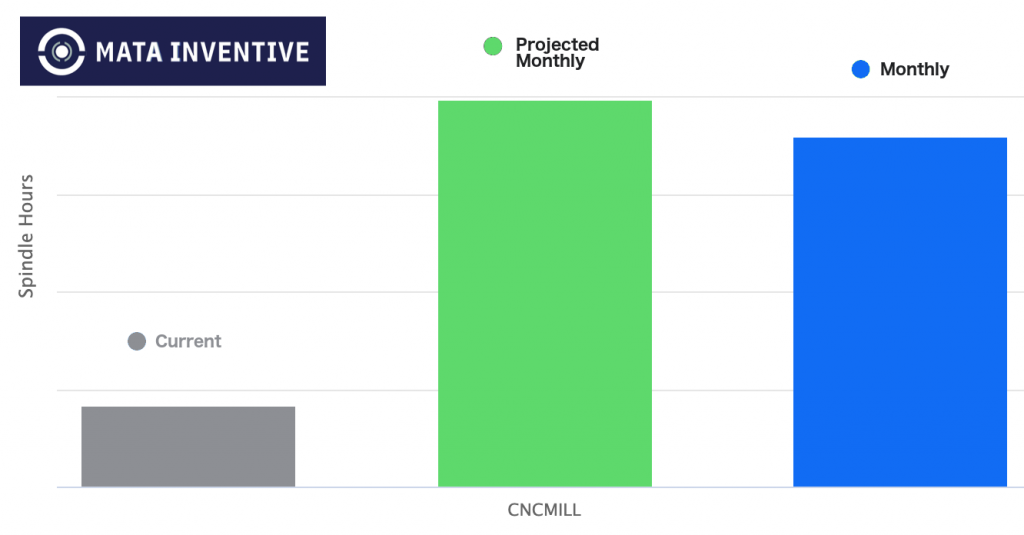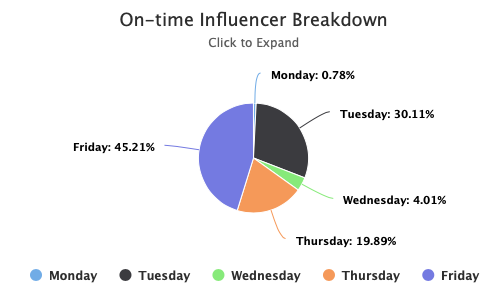Copp Industrial Manufacturing Inc. was established in 1964 to offer services to the Aerospace and Defense Industries. Copp provides contract manufacturing services in precision sheet metal, precision machining, complicated assemblies, and welded configurations. Copp works with MATA to implement productivity monitoring AI to monitor productivity and project future spindle hours. COPP does not run 24/7 manufacturing the same part over and over again. Given the mixture of big and small orders, it’s important to predict if it will meet the monthly and yearly goal. Therefore, the more important tasks consist of accurately predicting future spindle hours and take action proactively.

Challenges
GOAL – Measure shop floor productivity and project if the monthly and yearly goals will be met.
RISK – New technology always comes with risks. Copp’s president, Sanjaya Amarasinghe has always been interested in using AI and machine learning to help manage Copp. The uncertainty lies on whether we can integrate with Copp’s machines on the shop floor and the ERP system.
EXPECTATIONS – We set expectations before we started any collaboration. These are the goals we established after detailed discussions:
- The system needs to be able to monitor the shop floor productivity 24-7.
- The system should understand Copp’s monthly and yearly production time goals.
- It’s beneficial if the system can tell how much time a part will take to run.
Approaches
Step 1. Install Mata’s machine monitoring solution. This allows for the most direct measure on the shop floor production. We installed a vibration sensor on each equipment. This further allows us to alert Sanjaya if the feed rate was too high.

Step 2. Supervisor uses Mata’s dashboard to understand the daily/weekly/monthly projections. As one of the most important targets we aim to address, MATA’s production AI uses the measurement data to predict the likelihood of meeting the monthly and yearly goals.

Step 3. ERP integration allows for matching real-time tracking on each job. On-premise ERP did pose some challenges in terms of data synchronization. We solved this problem with computer job automation and have MATA AI digest the ERP data the same way as a cloud-based ERP.
Step 4. MATA’s revenue AI investigates the key factors to shop floor efficiency. Here we use the weekday breakdown for example. The AI is able to determine how the day of the week affects the shop floor efficiency. From this example, we know that Tuesday, Thursday, and Friday are the most important times to keep an eye on the shop floor in order to meet the target production hours.

Results
Machines constantly maintain 50%+ utilization. Usually a machine shop, if not manufacturing the same parts 24-7, typically has 30% of overall equipment utilization. Copp not only is able to maintain 50%+, and is able to measure the focused large-scale CNC’s growth accurately (from 26% to 62% since the beginning of this year).
Mata Knowledge